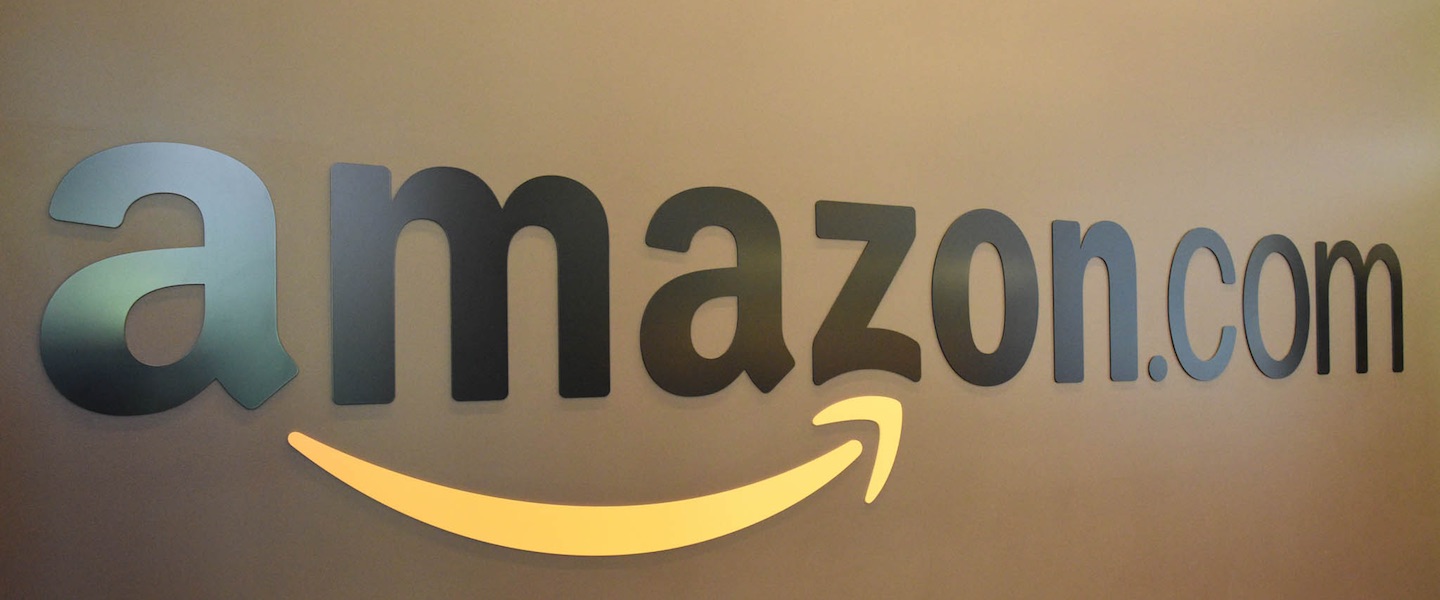PayPal-TIO deal could increase Venmo revenue, utility
Who are the top business development peeps in online finance?
Biz dev is the lifeblood of online finance (hey, I should know).
It’s deals and partnerships that are driving the growth of many of these top online finance startups.
I went through this list and named the top biz dev people in Finance 2.0. But the list is very incomplete — who do YOU think belongs on the list?
Who’s the top business development person in online finance? Vote below.
[listly id=”ju” theme=”light” layout=”full” numbered=”yes” image=”yes” items=”all”]
Optimizing purchasing decisions and when to buy
Lifehacker had a great email yesterday entitled The Best Times to Buy Anything in 2011.
Well-researched and totally tweaked by crowdsourcing this information, this post defines the most optimal times to purchase specific items throughout the year based on varying criteria.
For example, for some reason, laptops go cheap in April as do Broadway tickets in the 3rd quarter.
My favorite? I’ll look to buy a car in September, an off-color car in December, and as one commenter suggested, try buying a car on Super Bowl Sunday — the salespeople are distracted and open to low ball offers.
Much of this information and concepts were described in Buy Ketchup in May and Fly at Noon (affiliate link). You can find the author’s website here.
Source
The Best Times to Buy Anything in 2011 (Lifehacker)
More sources for well-timed buying (Lifehacker)









